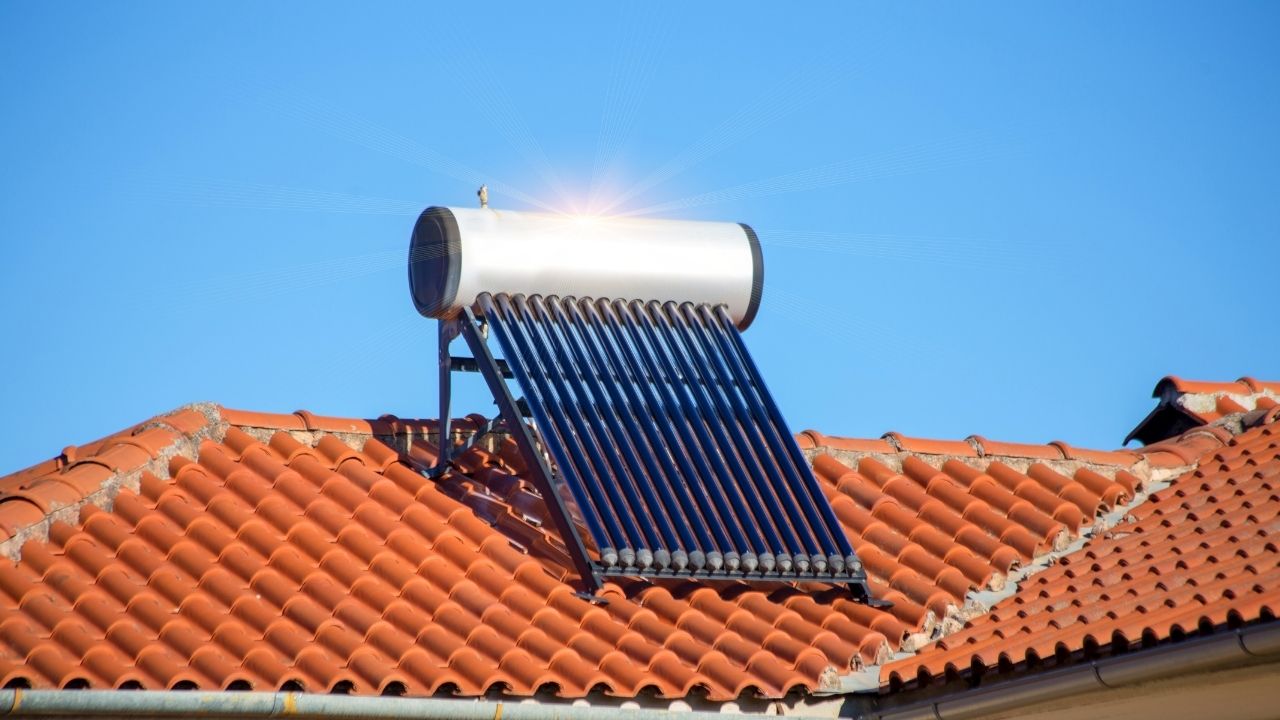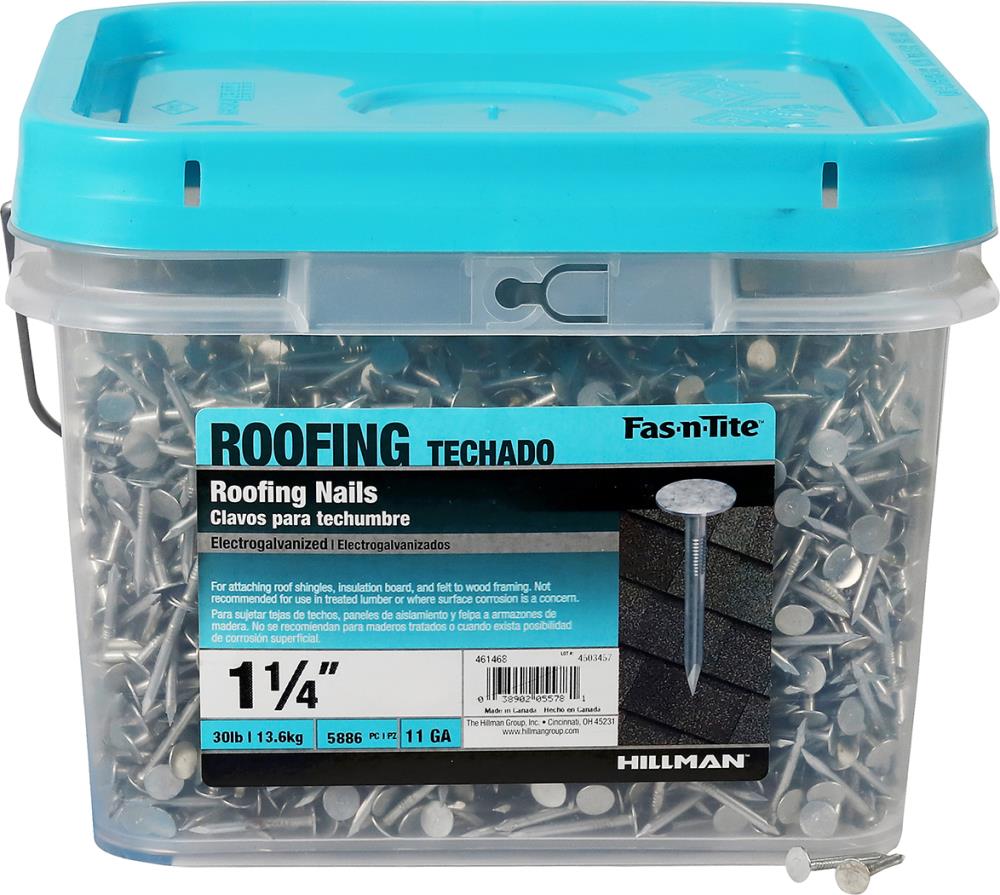
There are several types of roofing drainage systems. The most common type of drainage system is a downspout. It carries water away from scuppers and directs it to the ground. Cast iron drainage systems are sturdy and very reliable. The drainage systems also have a protective cover that keeps large debris out. Cast iron is expensive and requires regular maintenance. Luckily, polyvinyl chloride (PVC) drainage systems are much less expensive and more versatile.
There are three basic types in roof drainage systems. The most common is the RD-300 AC roofing drain. It features a reliable compression seal that minimizes leakage. An RD300 AC roof drainage system is another type. This drain system has a domed strainer which can be adjusted between one and three-and-a half inches in size. These drainage systems are made out of an epoxy-coated cast-iron and feature a self locking polyethylene dome.

There are two types. Positive roof drainage systems use siphoning as a drainage mechanism. These systems are most commonly found on flat commercial roofs. They also require fewer drainages than other roofing drains. These systems are also cheaper than other roofing drains and require less work to install. They require more maintenance than most other types of roofing drainage systems. This drain system doesn't require as many sloped roofs as other types.
A primary roof drain is connected by a pipe to the other parts. Its primary purpose is to drain rainwater to the ground and another location. These drainage systems are called overflows. These roof drains are equipped with a 2'' water dam. It can be external or internally. They are especially effective when large amounts of water accumulate on roofs. A secondary roof drainage system will be required if the primary one is blocked.
There are many types to choose from when it comes to roofing drains. Some are hidden while some are visible. You must ensure that your inner roof drainage system is properly installed. The best way to avoid flooding your home is to choose a lower channel over a higher one. These are more efficient. However, you need to make sure your home doesn't get flooded if the inner roofing drain is located on the outside of your roof.

Scuppers are the most widespread type of roofing drainage. They are installed on the edge of a roof and are designed to prevent water from pooling on the roof. These are usually made from sheet metal and installed with a gutter, or downspout. They may also be attached directly to the roof, or secured using an underground clamp. The best location will determine the correct roofing drain. It should be in the middle of the parapet, and slope away from the exterior wall.
FAQ
What should you consider when buying your next home?
Make sure you have enough cash saved to pay closing costs before buying a new house. Refinancing your mortgage might be an option if you don’t have enough cash.
How can you avoid being ripped off during renovations to your house?
The best way to avoid being ripped off is to know what you are paying for. Be sure to read the fine print before you sign any contract. Do not sign unsigned contracts. Always ask for copies of signed contracts.
How do I select a competent contractor?
Ask family and friends to recommend contractors. Online reviews are also a good option. You should ensure that the contractor you select has experience in the field of construction you are interested. Request references and make sure to verify them.
How much does it cost to renovate a house?
Renovations typically cost anywhere from $5,000 to $50,000. Most homeowners spend around $10,000 to $20,000 on renovations.
Can you live in a house during renovation?
Yes, I can live in a house while renovating it
Are you able to live in your house while the renovations are ongoing? The duration of the construction works will affect the answer. If the renovation takes less than two months, then you can live in your house while it is being built. If the renovation takes longer than two weeks, however, you can't live in your home during the construction.
It is important that you do not live in your home during major construction. There is also the possibility of dust and noise pollution from the heavy machinery at the job site.
This is especially true when you live in a multistory house. If this happens, the sound and vibration caused by the construction workers can cause significant damage to your home and contents.
As we mentioned, temporary housing will be necessary while your home is being renovated. You won't have all the amenities of your home.
You won't be allowed to use your dryer or washing machine while they are being repaired. It will be difficult to bear the smell of paint fumes as well the sounds that workers make.
All these factors can result in stress and anxiety within your family. Therefore, it is important to plan ahead in order not to feel overwhelmed by the situation.
To avoid costly mistakes, do your homework before you make any decisions about renovating your home.
You can also consider professional advice from a trusted contractor to ensure smooth running of your project.
Statistics
- It is advisable, however, to have a contingency of 10–20 per cent to allow for the unexpected expenses that can arise when renovating older homes. (realhomes.com)
- Rather, allot 10% to 15% for a contingency fund to pay for unexpected construction issues. (kiplinger.com)
- ‘The potential added value of a loft conversion, which could create an extra bedroom and ensuite, could be as much as 20 per cent and 15 per cent for a garage conversion.' (realhomes.com)
- According to the National Association of the Remodeling Industry's 2019 remodeling impact report , realtors estimate that homeowners can recover 59% of the cost of a complete kitchen renovation if they sell their home. (bhg.com)
- The average fixed rate for a home-equity loan was recently 5.27%, and the average variable rate for a HELOC was 5.49%, according to Bankrate.com. (kiplinger.com)
External Links
How To
How much money should I spend restoring my old house?
The cost of renovating your home depends on how many rooms you want to update, what kind of renovations you plan to do, where you live, and whether you're doing it yourself or hiring professionals. Depending on the scope and size of the project, the average renovation cost is between $10,000 and $50,000.
If you plan to sell your house after renovations, the value of the home will likely be lower than its market value. This is because you do not take into consideration the costs for repairs, upgrades, or improvements. It is possible to lose money if your home looks shabby before you sell. On the other side, if your home is in a good condition, you can get more money if you put in the effort.
Consider these factors to help you decide which project to tackle first.
-
Your budget. Start small if you have a tight budget. For example, you can tackle one room at a time, such as painting walls or replacing flooring. For major renovations, you can either hire a contractor who specializes on kitchen remodeling or save money.
-
Your priorities. Your priorities. Do you want your home to be in a better condition? Or do you just need to fix a few problems? Even if you focus on one issue, it is important to remember that even minor problems can quickly grow. You might have to replace your roof sooner than you thought if it leaks each time it rains.
-
Your timeline. It's important to prioritise projects that don't impact the resale of your existing home if you plan on buying another property in the near future. You wouldn't, for instance, want to put hardwood floors in your new house or change the bathroom fixtures if you plan to move next year. You might consider waiting until you sell your current home before making these updates.
-
Your skills. Find someone to help you if you don't have the necessary skills. For example, if your carpentry skills aren't strong enough to build custom cabinets, you might be able to hire a cabinet maker to do the job.